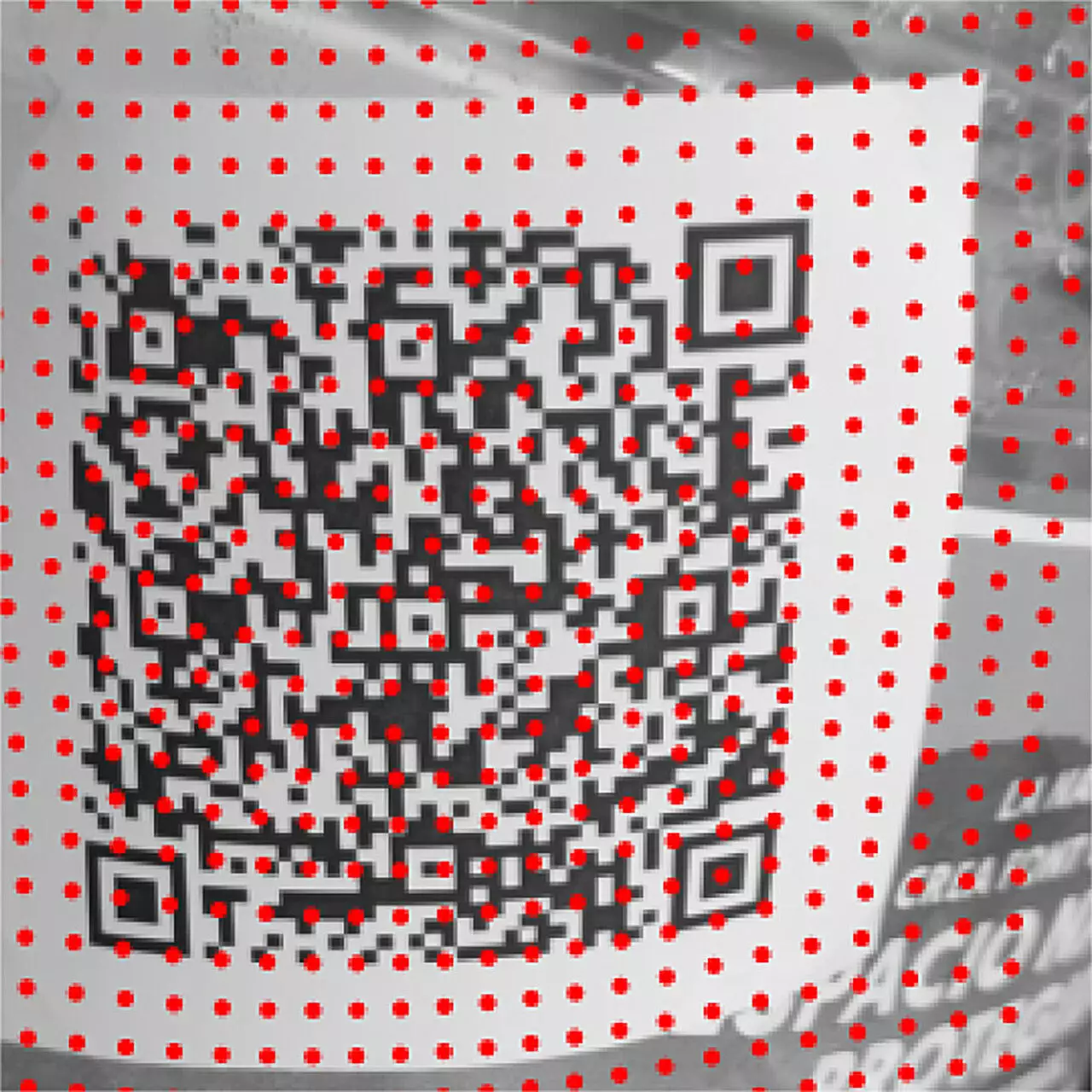The rapid adoption of QR codes has transformed the way we access and interact with information in our daily lives. However, despite their convenience, scanning these codes in varied physical settings can often be a frustrating experience. A new methodology from the University of Barcelona and Universitat Oberta de Catalunya seeks to address these challenges, aiming to enhance the recognition of QR codes, especially when encountered on irregular surfaces. This article delves into the intricacies of this innovation, its implications, and the future of QR code technology.
QR codes, or quick response codes, offer a digital bridge to information through a two-dimensional matrix of black and white pixels. They have revolutionized the accessibility of data, allowing users to glean information quickly from their smartphones. Yet, the experience of scanning a QR code is not always seamless. Poor image quality, printer defects, and non-flat surfaces can significantly hinder the recognition process.
Professor Ismael Benito, a leading researcher in this area, identifies several critical factors that contribute to failed scans. The inherent quality of the scanning device plays a pivotal role; although many smartphones feature advanced cameras, they still struggle with certain QR code conditions. Furthermore, the quality of the print itself—particularly the contrast and clarity of the design—is essential for successful recognition. Lastly, the physical surface on which the QR code is printed must be considered, as curved or irregular surfaces can distort the code, making it harder to scan.
To combat these issues, a novel algorithm has been introduced which integrates a sophisticated understanding of the QR code’s internal patterns with the topographical nuances of its surface. Leveraging mathematical techniques known as splines, this algorithm can more accurately map the surface on which the QR code is located, allowing for adjustments that facilitate a clearer scan. This adaptive approach is groundbreaking, as it merges traditional scanning methods with advanced mathematical models, making it possible to decode QR codes that would have otherwise been challenging to read.
This innovation represents a significant advancement in QR code technology, particularly in scenarios where codes are found on non-flat surfaces, such as the sides of bottles or curved packaging. By addressing both the analog aspects of the physical world and the digital realm of recognition simultaneously, the new methodology lays the groundwork for more effective scanning in diverse environments, improving the overall user experience.
The potential applications of this research are vast, spanning both commercial and industrial contexts. In commercial settings, where users frequently encounter QR codes on packaging or promotional materials, the enhancement in scanning reliability can significantly improve consumer engagement. Moreover, issues relating to security—such as token imitation or fake URLs—present further challenges that the research aims to mitigate, ensuring that users can trust the codes they scan.
Conversely, in industrial environments where QR codes are utilized for inventory management and logistics, the focus shifts to scan speed and processing efficiency. As Professor Benito notes, the challenge remains to optimize the algorithm for faster recognition without sacrificing accuracy, making it a dual priority in the development of this technology.
While the immediate benefits of this new methodology are promising, there are ongoing challenges that researchers and developers must tackle to bring this technology to full fruition. Improving the robustness of QR code recognition against various distortion factors remains paramount. Furthermore, securing the codes against malicious alterations poses a significant concern that requires continuous innovation and reassurance for users.
Emerging technologies, including augmented reality and advanced imaging, may further enhance QR code scanning and allow for even more interactive experiences. As the popularity of QR codes grows alongside digitalization trends, continued research and development will be crucial in optimizing the user’s ability to interact with these codes seamlessly.
The work being done by the University of Barcelona and Universitat Oberta de Catalunya represents a noteworthy stride towards rectifying the common challenges associated with QR code recognition. By embracing a more nuanced understanding of both the physical and digital interactions involved in code scanning, future developments may well redefine user experiences and applications in diverse fields.


Leave a Reply